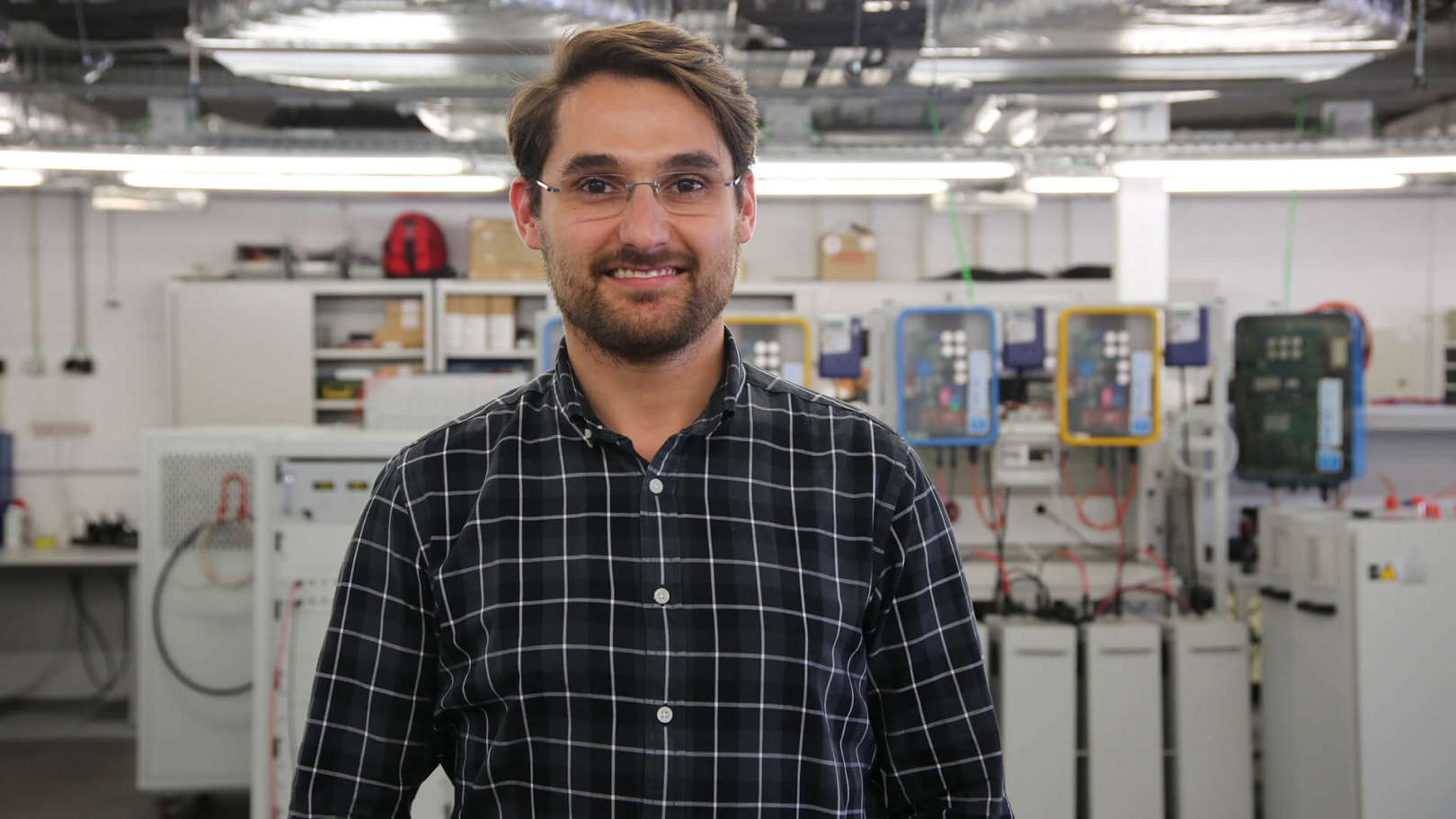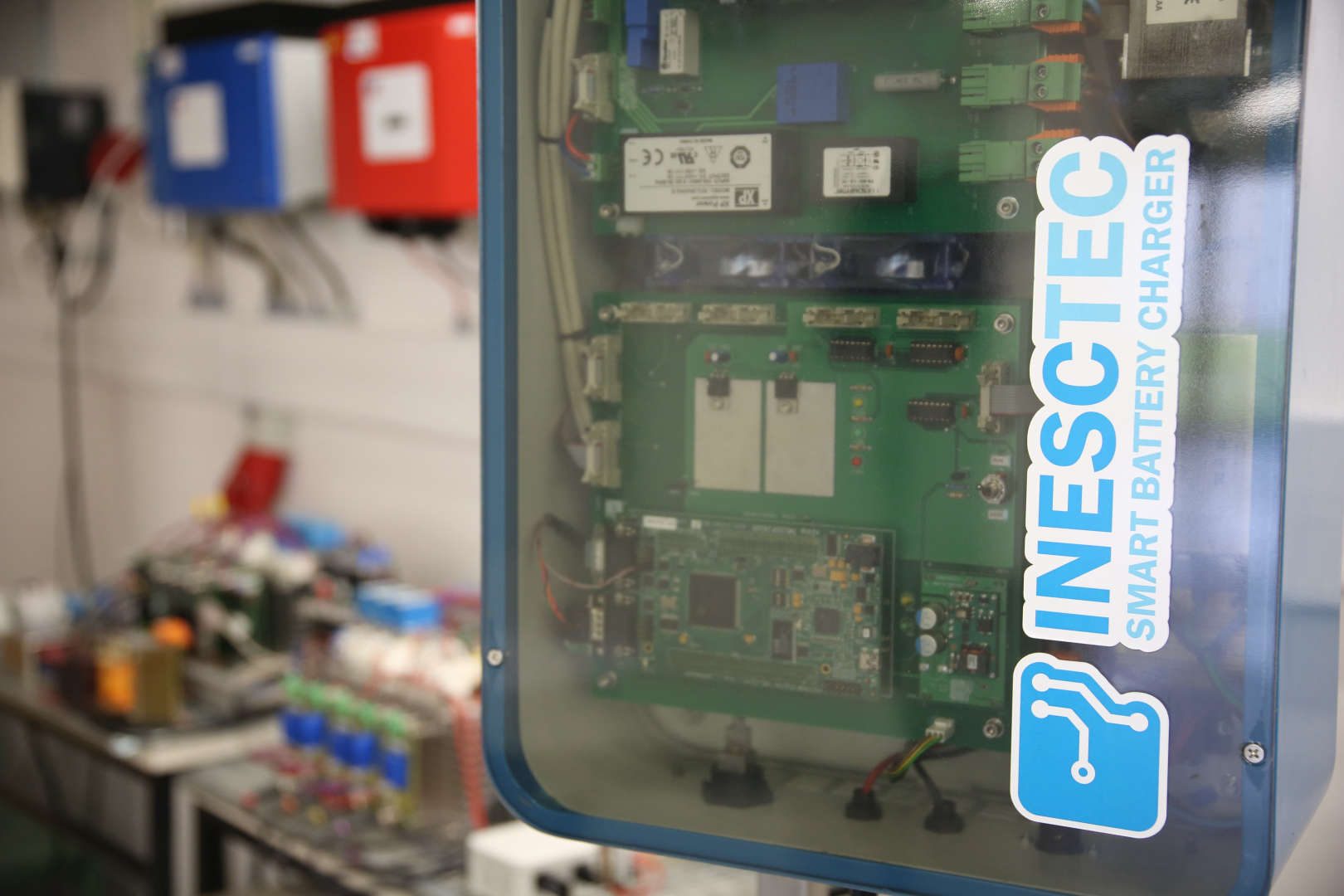About
Dr. Leonel Carvalho was born in Espinho, Portugal, in 1985. He received his B.Sc., M.Sc., and Ph.D. degrees in Electrical Engineering from the Faculty of Engineering of the University of Porto (FEUP), Portugal, in 2006, 2008, and 2013, respectively. Currently, he is a senior researcher at INESC TEC. In 2011, he was a Visiting Researcher at the Institute of Electric Systems and Energy of the Federal University of Itajubá (UNIFEI), Minas Gerais, Brazil, where he was engaged in research activities related with the use of the Cross-Entropy Method for improving the Reliability Assessment of large-scale power systems. In 2014, he was the winner of the IEEE International Competition on the Application of Modern Heuristic Optimization Algorithms for Solving Optimal Power Flow Problems organized by the IEEE PES Working Group on Modern Heuristic Optimization, with the algorithm entitled “DEEPSO as a successful blend of evolutionary and swarm search strategies in the OPF challenge”. In 2015, he held the Auxiliary Professor position at the Universidade Lusíada of Vila Nova de Famalicão where he was responsible of several courses of the Licenciatura degree in Eletronic and Computer Engineering. Dr. Leonel has co-supervised several M.Sc. theses, one of which was granted the first place in 2015 edition of the prestigious REN Prize, which is an award aiming at distinguishing the best M.Sc. theses completed in Portuguese higher education institutions in the fields of Engineering, Economics, Mathematics, Physics, Chemistry, Information Systems and Computer Science. As a researcher in INESC TEC, he has been involved in several national and international R&D projects amongst which is worth highlighting the RESERVE project with the Portuguese TSO, the ARGUS project with the Argonne National Laboratory in the USA, the FP7 projects MERGE, STABALID, evolvDSO, and iTESLA and the H2020 project SENSIBLE. He has authored and co-authored several papers in peer-reviewed journals as well as in international conferences. His current research interests include power system Reliability Assessment and the application of Computational Intelligence algorithms to power system optimization problems.



